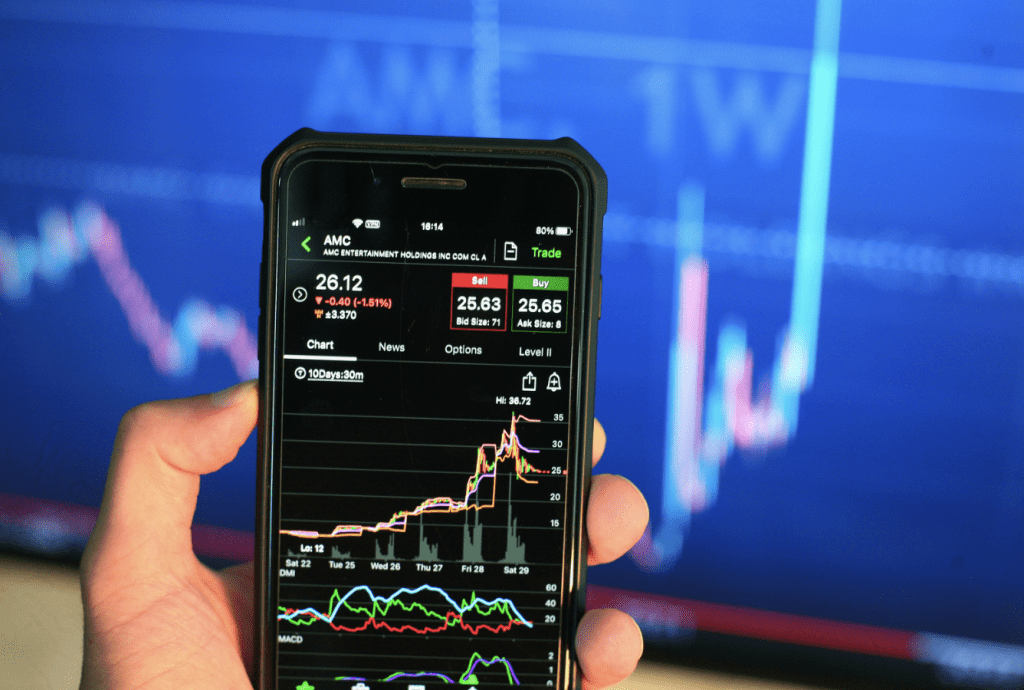It is vital for traders who wish to navigate the fast-moving financial markets in order to know economic events. Different indicators and releases happen every day, influencing the direction of stocks, bonds, and Forex markets, with opportunities and threats waiting. Monitoring these events closely can enable the traders to make well-timed and educated decisions and to control their positions effectively. A well-planned US economic calendar is a methodical approach for tracking the important dates and avoiding market shock.
- The Importance of US Job Reports: US job reports are of interest to traders due to the fact that they reflect the overall health of the economy. Reports such as the monthly Non-Farm Payrolls (NFP) reveal the number of jobs gained or lost nationwide, which affects the market sentiment of economic growth. Strong job growth generally reflects strong economic activity and can lead to increased interest rates, while slowdowns can be a sign of economic weakness. These reports are analyzed very closely by traders as small discrepancies from projections can cause fairly significant market variation.
- Federal Reserve Announcements: Federal Reserve announcements and meetings are the most important events on the US financial schedule. The Fed dictates benchmark interest rates and provides indications of the future direction of monetary policy, and thus has a direct effect on liquidity and the cost of borrowing in the economy. Players in the market watch out for statements, press releases, and meeting minutes to determine the mindset of the central bank regarding growth, inflation, and jobs. Any indications of surprise policy changes will see quick movements in stock indexes, bond yields, and currency pairs.
- Gross Domestic Product (GDP) Reports: GDP reports are major indicators of economic activity and are closely watched by traders. They indicate the sum of the value of goods and services produced within the US and whether the economy is growing or shrinking. Healthy GDP growth will support market mood and can cause share prices to rise, and disappointing growth can signal apprehension over recession risk. Traders will tend to watch real GDP rates versus expectations to determine the health of the economy and make a change in their market positions.
- Retail Sales and Consumer Spending: Consumer consumption propels much of the US economy, so retail sales releases are of primary importance to traders. These releases follow the movement in sales of goods and services, providing insight into consumer confidence and economic expansion. A rise in shopping can signal a robust economy, leading traders to buy equities long, while falling sales can signal declining growth. With these releases, the trader can expect the overall mood of the consumer ahead of wider economic data releases.
- Housing Market Indicators: The housing industry is also a good place to track US economic activity. Housing building starts, permits, and existing home sales statistics give investors feedback about economic health. A housing boom can stimulate economic growth, affecting various industries. Housing slowdown reflects economic vulnerability. Traders employ housing statistics to forecast the attitude of the market and offset the likely effect on interest rates and investment levels.

- Industrial Production and Manufacturing: Factory and industrial production reports reflect the well-being of major economic industries. The reports show the performance of factories, mines, and utilities and display trends in production and demand. Good industrial activity will generally signal growth, and declines will generally signal decreasing growth. Traders employ these indicators to predict changes in firm profits, commodity prices, and interest rate expectations and make adjustments based on the well-being of the industrial sector.
- Consumer Confidence Index: Consumer Confidence Index tracks the degree of optimism or pessimism expressed by consumers regarding the economy. Consumer confidence has the ability to drive consumption trends and economic growth. It is expressed in terms of strong spending and investment when consumers are confident, and economic worry when confidence is low. Traders use such reports to estimate potential market responses, particularly in consumer-oriented markets. Confidence levels tend to lead to changes in equity markets, specifically the discretionary and retail sectors.
- Durable Goods Orders: Durable orders lag behind long-term product sales like vehicles and machinery. Durable orders are used to gauge business investment and the health of the economy. A boost in durable goods orders usually means that demand and economic optimism are strong, whereas a decline can be indicative of conservatism on the part of businesses. Traders follow these statistics to project changes in manufacturing, profitability of businesses, and overall market trends, which makes it an event of significant economic relevance to follow continuously.
- The Role of Personal Income and Expenditure Data: Household personal income and expenditure reports are very important in the measurement of the US household economic health. Income level changes can influence consumers’ patterns of spending, saving rates, and overall economic activity. When spending and income increase, it signals economic growth and helps to raise investor confidence. Investors employ these reports in predicting the demand for services and goods and the likely inflationary pressure that will impact policy decisions in the future.
- How to Apply the US Economic Calendar Effectively: To be ahead of the game when it comes to trade, there is a need to have a US economic calendar. Traders could follow the events in sequence, and expert forecasts will be available, with concise explanations for each report. They can make their analysis easier and avoid extraneous distractions by structuring the calendar to focus on simply US events. Using the calendar regularly helps with trading planning, risk management, and appreciating the market reaction to major announcements.
- Preparation for Market Volatility During Major Events: Major economic events tend to bring about market volatility. Traders must anticipate price action ahead of employment reports, Fed announcements, as well as GDP releases. Awareness of the potential impact of each event and pre-emptive position realignments can prevent losses and seize winning trades. Adhering to the US economic calendar allows traders to anticipate volatility and take recommended measures in short-term and longer-term trades.
In conclusion, regardless of whether one wishes to invest in the sophisticated US markets, monitoring economic events with an ear to the ground is unavoidable. Employment statistics, inflation metrics, announcements by the Fed, GDP, spending, and trade indicators all comprise crucial information about the movements of the markets. By monitoring these events methodically through a US economic calendar, the trader will be in a position to make decision-making choices, anticipate market movement, and act accordingly to changes of fortune. Using this tool strategically ensures that every trade is based on timely economic data, allowing for a clearer path to successful market involvement.
WE SAID THIS: Don’t Miss…Egypt Launches Architecture Academy With UNESCO & EU Partners



